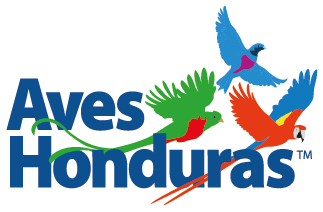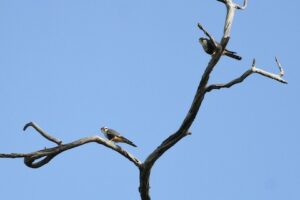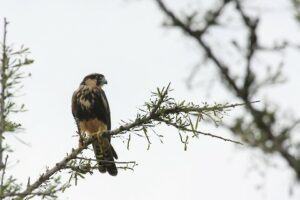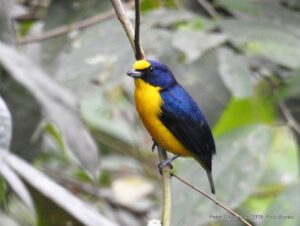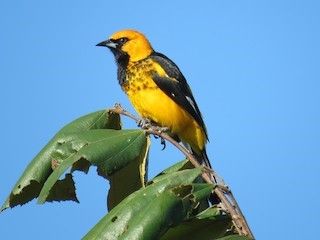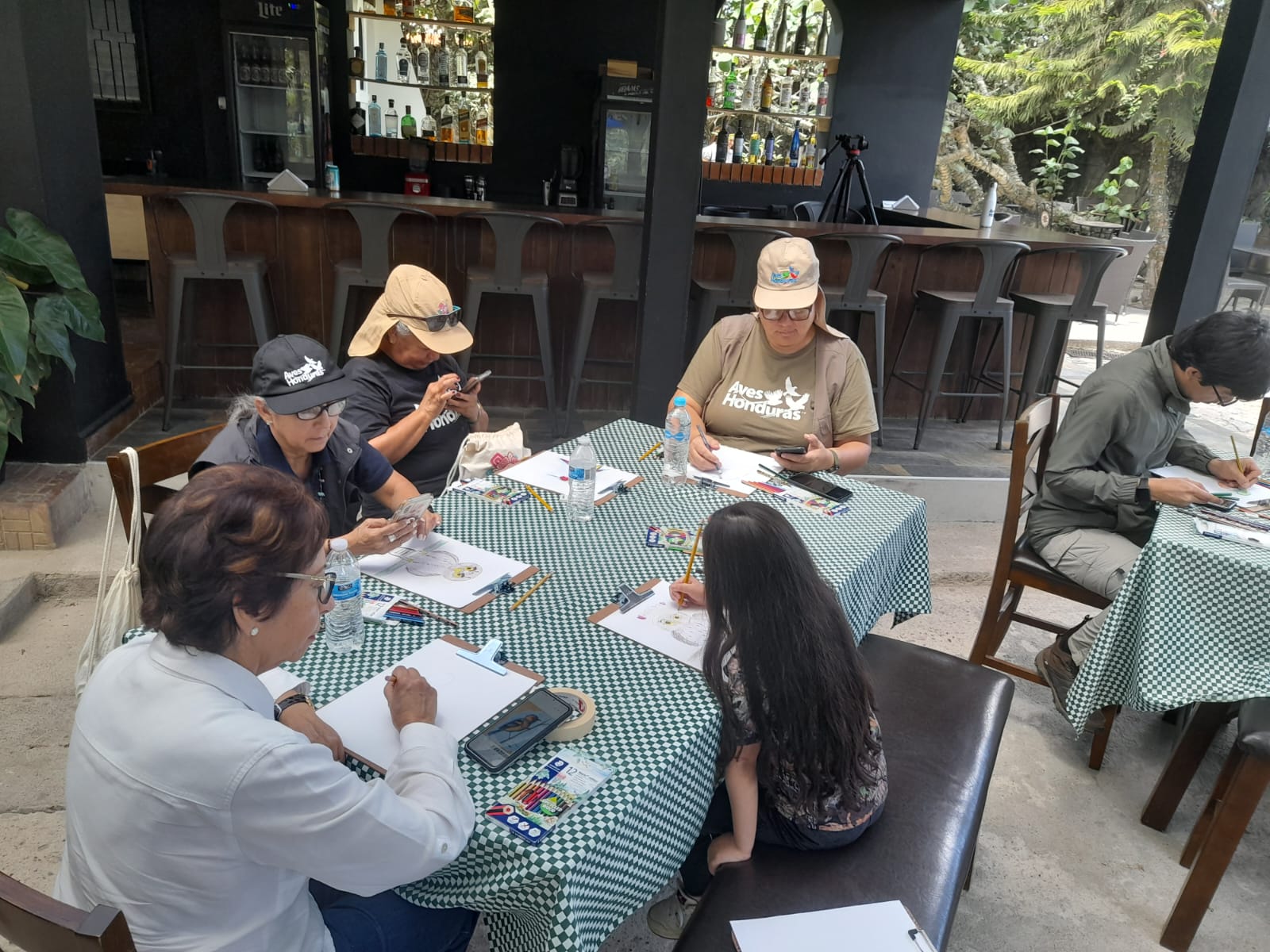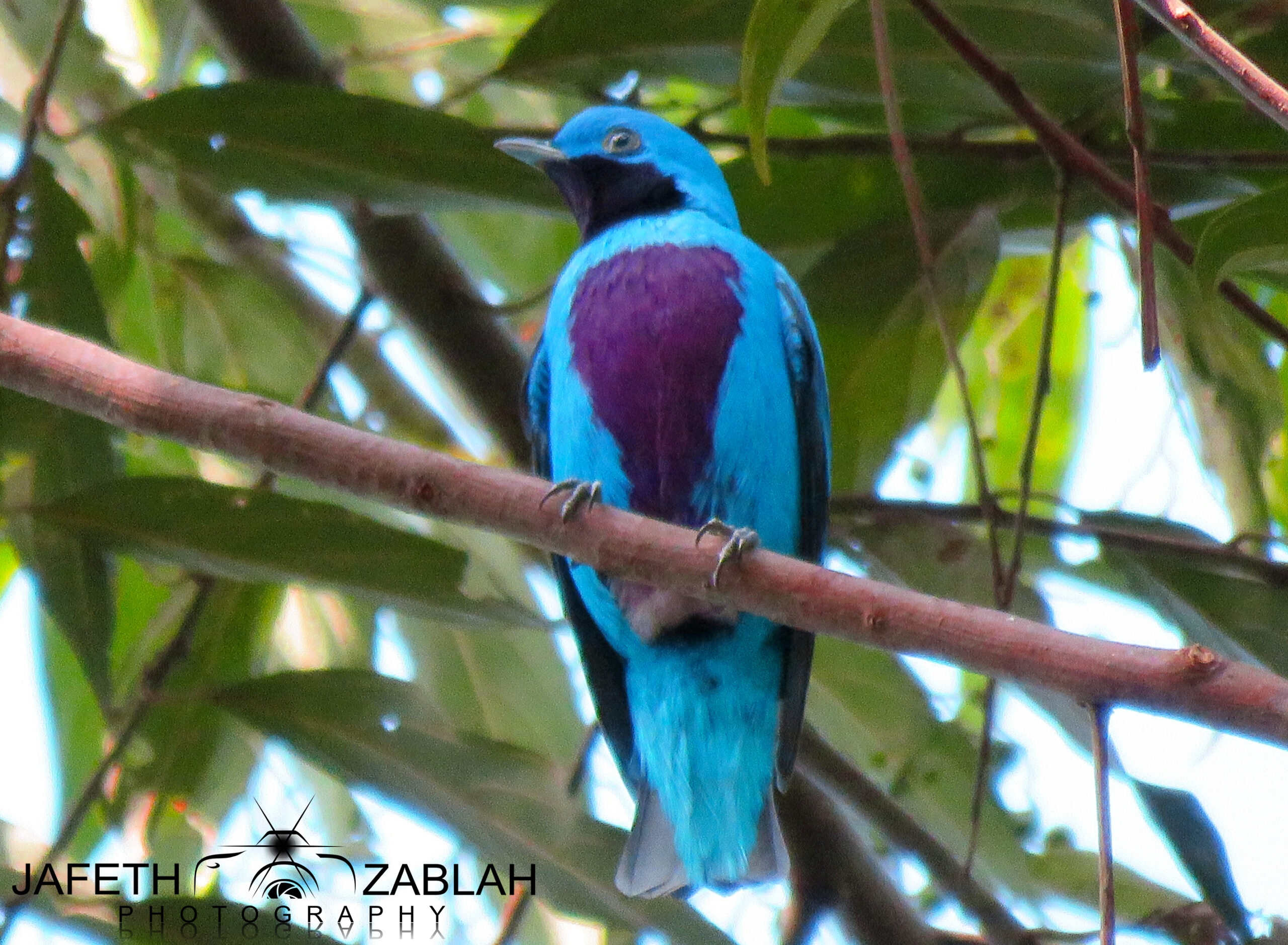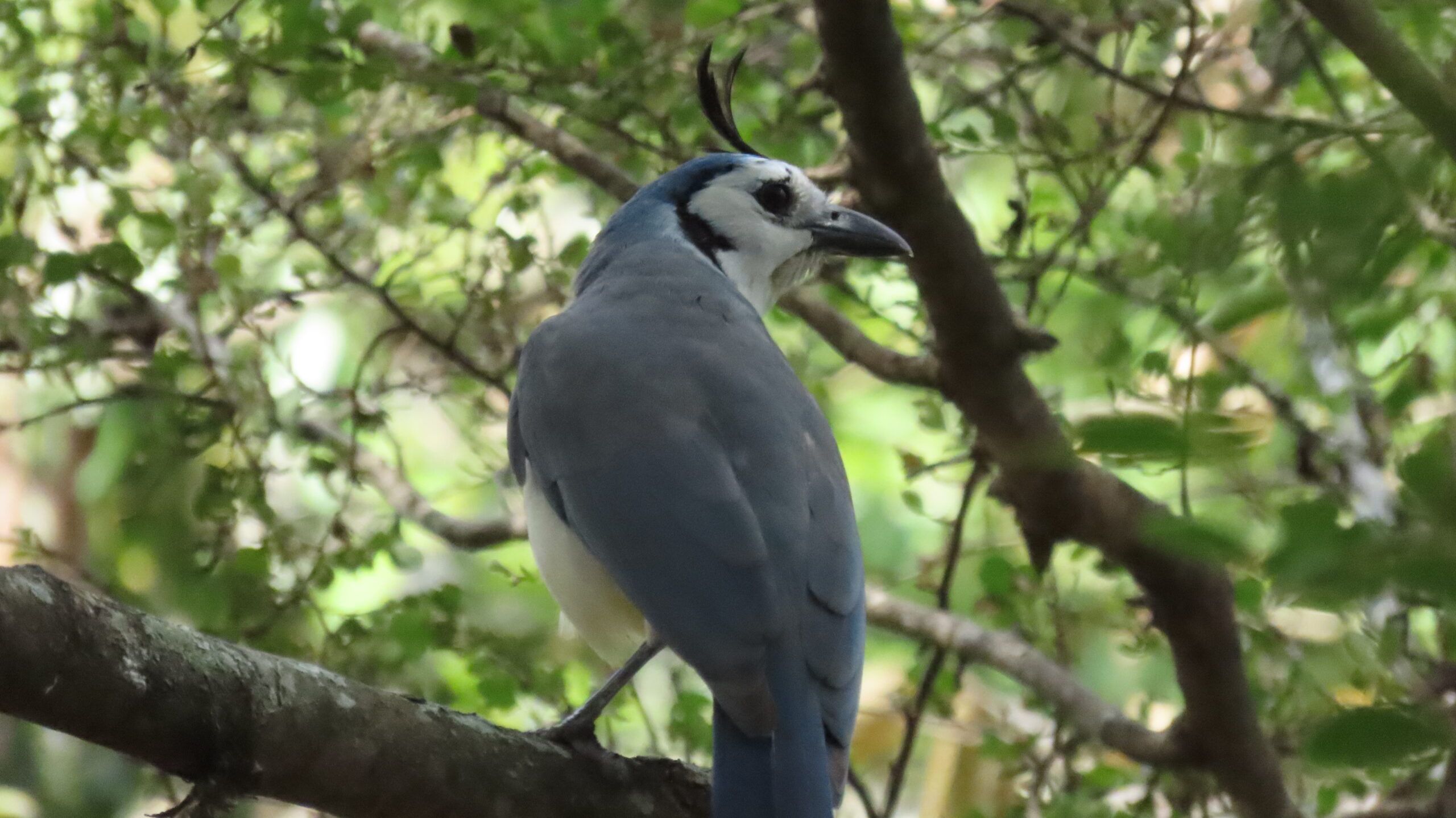Written by / Escrito por: Nic Zimmer
Birding enthusiast & ASHO member / Observador de aves entusiasta y miembro de la ASHO
(Spanish translation / Traducción al español: Karla Lara)
**This article was written in July 2019, so some of the data may have changed**
**Este artículo fue escrito en julio de 2019, por lo que algunos de los datos pueden haber cambiado**
My two bits here comes out of a conversation with Oliver Komar. I was voicing my frustration that I thought that some pictures on the Honduran illustrated checklist weren’t very representative. Or maybe more honestly, I was curious as to how many of my pictures were on the list, specifically about some pictures of mine that I particularly liked. And I came across at least one that I thought is / was better than the one rated as the best on the Honduran illustrated checklist. One such example is that of the Black-bellied Whistling Duck (BbWD) (Dendrocygna autumnalis). / Mis pensamientos escritos aquí provienen de una conversación con Oliver Komar. Estaba expresando mi frustración porque pensaba que algunas de las fotografías en la lista ilustrada no eran muy representativas. O, sinceramente, tenía curiosidad de cuantas de mis fotos aparecían en la lista, específicamente aquellas fotos que me gustaban particularmente. Y encontré al menos una que yo pensé (o pensaba) que era mejor que la que estaba calificada como la mejor en la lista ilustrada para Honduras. Un ejemplo de esto es la del pichiche común (Black-bellied Whistling Duck – Dendrocygna autumnalis).
It appears that the algorithm for the eBird picture rating places a higher value or importance on the number of ratings a photograph has rather than the overall rating. This makes sense if you think of the law of averages. The more ratings a picture has then the closer to a “true” value it should be. However, there are several photographs that are actually quite good but have very few if any ratings. For example, in my opinion, for the BbWD, my picture is better. Three people have rated it earning it an overall rating of 5 stars. Now we don’t know if all three people rated it as a 5 or only two of them did. On the flip side of this example is the photo which is listed as the best by eBird. Six people have rated it and it has an overall rating of 4 stars. Again, we don’t know how many people have judged it as a 3, 4 or 5-star picture. Another example is the Aplomado Falcon (Falco femoralis). The photograph that appears on the checklist has three ratings and an overall rating of 4 stars and the next pic has two ratings for an overall score of 5 stars. / Parece que el algoritmo para calificar las fotos en eBird otorga un mayor valor o importancia al número de clasificaciones que tiene una fotografía, que a la clasificación en general. Esto tiene sentido, si piensas en la ley de los promedios. Cuantas más clasificaciones tiene una imagen, debería estar más cercano a un “valor verdadero”. Sin embargo, hay fotografías que en realidad son bastante buenas, pero tienen muy poca o ninguna calificación. Por ejemplo, en mi opinión, para el pichiche común, mi foto es mejor. Tres personas lo han calificado, y le otorgan un puntaje de cinco estrellas. Ahora, no sabemos si las tres personas la calificaron con cinco, o si solo dos lo hicieron. Por otro lado, en este mismo ejemplo, está la foto que eBird enumera como la mejor. Seis personas la han calificado, con una calificación general de cuatro estrellas. De nuevo, no sabemos cuántas personas le han dado a la foto puntaje de tres, cuatro o cinco estrellas. Otro ejemplo es la del Halcón aplomado (Aplomado falcon – Falco femoralis). La fotografía que aparece en la lista tiene tres puntajes, y una calificación promedio de cuatro estrellas y la siguiente foto, tiene dos puntajes, y una calificación promedio de cinco estrellas.
Also with the law of averages, when the pics have few ratings, just one new rating has a bigger effect on which pictures are used on the illustrated checklist, for instance, the Snowy Cotinga (Carpodectes nitidus). The picture that is there now, wasn’t there originally as only one person had rated it until I clicked on the star which reflected my opinion. My rating propelled it onto the checklist as both pictures have two ratings, but now, the one I rated has an overall rating of 5 compared to a 4 for the other. / También, con la ley de los promedios, cuando las imágenes tienen pocas calificaciones, una nueva calificación tiene un mayor efecto en las imágenes que se usan para la lista ilustrada, por ejemplo, la Cotinga blanca (Snowy Cotinga – Carpodectes nitidus). La imagen que está actualmente, no es la que estaba originalmente, ya que solo una persona había calificado la foto, hasta que hice clic en la estrella, reflejando mi opinión. Mi puntaje impulso a que apareciera en la lista, ya que ahora ambas fotos tienen dos puntajes, pero ahora, la foto a la que yo le di mi puntaje, tiene una calificación promedio de cinco estrellas comparada con la clasificación de cuatro de la otra foto.
When discussing this topic with Oliver, he brought up the point that the illustrated checklist really has the idea of competition at the core of its creation. He planted the seed that I compile a list of those whose pictures are currently being used on the illustrated checklist (There may be some changes in this data if people have rated pictures recently.) There are 95 different photographers contributing pictures to the 721 photographed species in Honduras. Fifty-two of them with two or more. Below are the top three photographers whose snapshots appear on the illustrated checklist. John’s position is due to his distinct dominance in the shore and pelagic birds. / Cuando discutí este tema con Oliver, el mencionó que la lista ilustrada tiene el concepto de competencia, como el núcleo de su creación. Él plantó la semilla para que compilará una lista de aquellos cuyas fotografías están siendo utilizadas actualmente en la lista ilustrada (pueden haber cambios si personas han calificado fotos recientemente). Existen 95 diferentes fotógrafos que están contribuyendo con imágenes de las 721 especies fotografiadas para Honduras. Cincuenta y dos de estos, con dos o más fotos. Abajo aparecen los fotógrafos en los primeros tres lugares, y cuyas fotos aparecen en la lista ilustrada. El primer lugar de John se debe a su dominio con aves pelágicas y playeras.
| Place / Posición | Photographers / Fotógrafos | # of pictures / # de fotos |
| 1 | John van Dort | 169 |
| 2 | Alfonso Auerbach | 79 |
| 3 | Oliver Komar | 72 |
Source/Fuente: https://ebird.org/region/HN/media?yr=all&m=
So, this is my plea for everyone to take time to rate pictures. Why should we? First, for the sake of bringing birders to Honduras. Good quality pictures that show the characteristics of each species will aid birders from other countries in deciding to choose where to go for their next birding experience. Species they would be able to see for themselves. This is the reason that I personally don’t place a high value on pics where the individual bird is being held by someone. Pictures showing characteristics also help science through showing variations and therefore examples used in articles explaining differences & help in identifying species. Oliver and John have done just that (https://ebird.org/camerica/news/notas-sobre-la-identificacion-de-algunos-mosqueros-en-centroamerica; https://ebird.org/camerica/news/id-challenges-the-buteogallus-hawks). When quality pics are identified, then they are also available for possible use in identifying apps such as Merlin. / Entonces, esta es mi súplica para que todos se tomen un tiempo en calificar las imágenes. ¿Por qué? Primero, para atraer observadores de aves a Honduras. Fotografías de buena calidad que muestran las características de cada especie, ayudarán a los observadores de aves de otros países a decidir a donde realizarán su siguiente viaje de observación de aves. Especies que pueden observar por ellos mismos. Esta es la razón, por la que yo, personalmente, no brindo una calificación alta a fotos donde alguien está agarrando a un ave. Fotografías que enseñan características también ayuda a la ciencia en mostrar variaciones y, por lo tanto, en ejemplos utilizados en artículos explicando las diferencias y ayuda en identificar especies. Oliver y John han hecho exactamente esto. Cuando se identifican fotos de buena calidad, entonces estás están disponibles para posible uso en aplicaciones para identificar aves, como Merlin.
In the previous paragraph, I mentioned not liking pics of birds being held by someone or having been captured. These are valid pictures from a scientific perspective. My not liking them is a personal preference. I’m not suggesting that some type of rubric, checklist or other guidelines for rating pics be created. Everyone should rate pictures that appeal to him or her. When I do rate pictures, I usually start by just perusing the pictures of a particular species and when one catches my eye, I take a closer look at it. If upon closer inspection it still grabs my fancy, then I’ll rate it. I’m not trying to tell people how to rate the pictures on eBird. All I ask is that people do rate them. / En el párrafo anterior, mencione que no me gustaban las fotos donde las aves están en las manos de alguien o han sido capturadas. Estas son fotos válidas desde una perspectiva científica. Que no me gusten, es una preferencia personal. No estoy sugiriendo que un tipo de rúbrica, lista de verificación u otras pautas para calificar fotos sea creada. Todos deberían calificar las fotos que les atraen. Cuando yo califico fotos, usualmente inicio buscando las fotos de una especie en particular, y cuando una me llama la atención, la miro más de cerca. Si después de una inspección más profunda, todavía me gusta, la califico. No estoy tratando de decirle a la gente como calificar fotos en eBird. Lo único que pido es que las califiquen.
I leave you with three pics of Yellow-throated Euphonias (Euphonia hirundinacea). Which one do you like best? / Los dejo con tres fotos del fruterito cuello amarillo (Yellow-throated Euphonia – Euphonia hirundinacea). ¿Cuál les gusta más?
